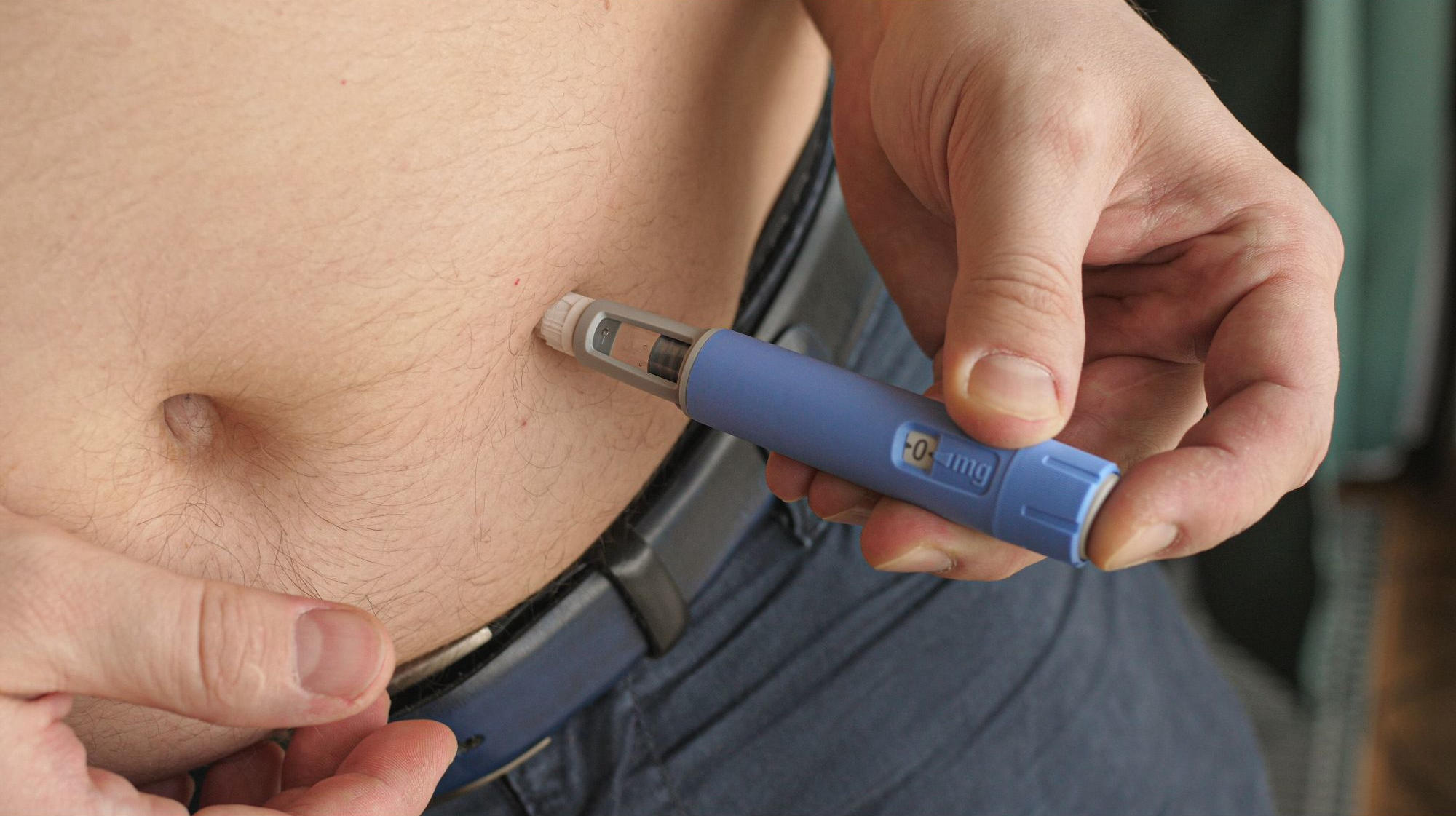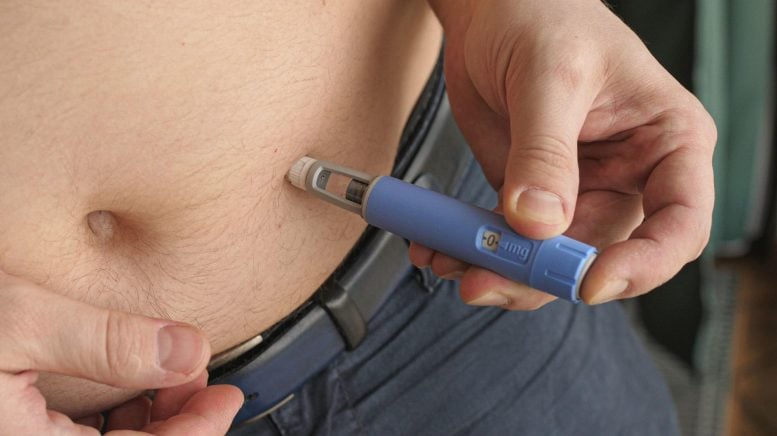

New research shows that Ozempic and similar drugs reduce opioid overdoses by 40% and alcohol intoxication by 50% in people with substance use disorders. These medications, often prescribed for diabetes and weight issues, may help treat addiction by influencing brain reward pathways.
A recent study published in the journal Addiction found that individuals with opioid use disorder (OUD) or alcohol use disorder (AUD) who are treated with Ozempic or similar medications for diabetes or weight-related conditions experience a 40% reduction in opioid overdose rates and a 50% reduction in alcohol intoxication compared to those with OUD and AUD who are not on these medications.
Ozempic is one of several medications, called glucagon-like peptide-1 receptor agonists or GLP-1 RAs, that are prescribed to treat diabetes, obesity, and other weight-related medical conditions. The medications interact with a region of the brain – the mesolimbic system – to reduce appetite and trigger satisfaction after eating.
The mesolimbic system overlaps with the brain processes that govern addictive behaviors. This overlap suggests that GLP-1 RAs and similar medications might also alter the reward-response pathways associated with substance use. ‘Similar medications’ include glucose-dependent insulinotropic polypeptide (GIP) agonists like the weight-loss medication Mounjaro.
Prior Research and the Latest Findings
Until now, most of the existing research into using GLP-1 RAs and GIPs to treat substance use disorders consists of animal studies and small-scale clinical trials.
This new large-scale human study looked at 503,747 people with a history of opioid use disorder (OUD), of which 8,103 had a prescription for a GLP-1 RA or GIP. The study found that people with OUD who had a GLP-1 RA or GIP prescription had a 40% lower rate of opioid overdose compared with those who did not have a prescription.
The study also looked at 817,309 people with a history of alcohol use disorder (AUD), of which 5,621 had a prescription for a GLP-1 RA or GIP. The study found that people with AUD who had a GLP-1 RA or GIP prescription had a 50% lower rate of alcohol intoxication compared with those who did not have a prescription.
This study may introduce a promising new treatment for substance use disorders.
Reference: “The association between glucose-dependent insulinotropic polypeptide and/or glucagon-like peptide-1 receptor agonist prescriptions and substance-related outcomes in patients with opioid and alcohol use disorders: A real-world data analysis” by Fares Qeadan, Ashlie McCunn and Benjamin Tingey, 16 October 2024, Addiction.
DOI: 10.1111/add.16679